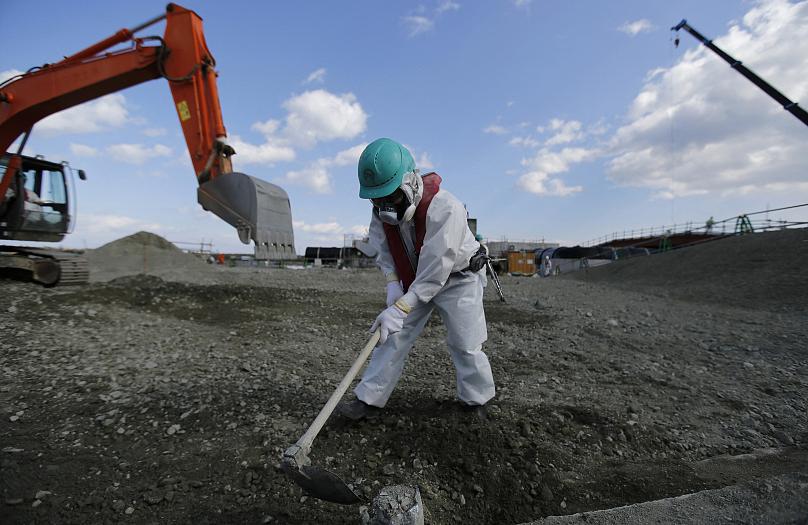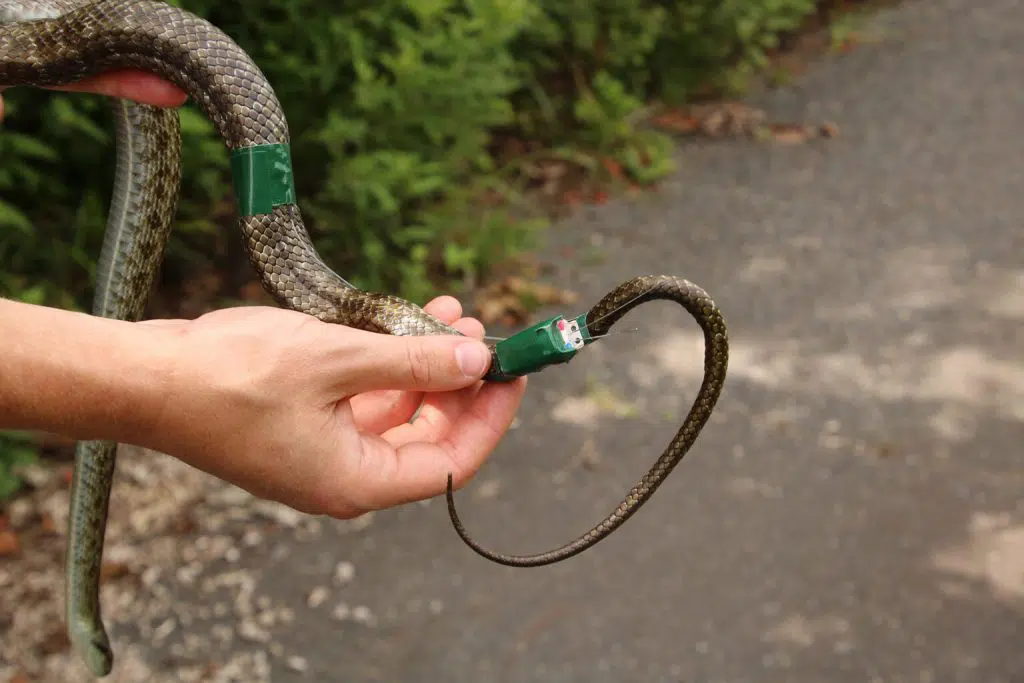If you think snakes are a big no, wait till you hear about radioactive ones…
It’s been nine years since the nuclear disaster struck at Fukushima Daichi nuclear power plant in Japan but the surrounding area is still exposed to high levels of radioactivity and is dangerous to inhabit. To measure the radioactive levels in the area, a team of researchers is using an unusual tracking method; by attaching GPS trackers and radiation dosimeters with duct tape on nine Japanese rat snakes in the region to investigate how radioactive snakes were affected by the surrounding area.

At first glance, using snakes for this study seems like an odd choice but it’s actually a pretty clever move. Hannah Gerke, lead study author and University of Georgia researcher said, “Snakes are often understudied when it comes to other animals, but they are actually a vital part of many ecosystems. They can act as both predator and prey in the food web, which means they have the potential to accumulate contaminants from the prey they eat and also be a source of contaminants for other animals that eat them.” This shows that if snakes are exposed to high levels of radioactivity, the rest of the ecosystem is affected as well and this gives researchers a better view of the overall ecological health. The snake study, which is published in the journal Ichthyology and Herpetology could be useful in helping officials come up with a plan to reuse the 444 square miles of land that has been fenced off as the Fukushima Exclusion Zone.

Scientists were able to detect variable radioactive levels based on the habitat area selected by the different snakes which suggested that the Fukushima Exclusion Zone has different levels of contamination in different areas. This proved to be a useful tracking asset for further research and hopefully, scientists would be able to identify areas that are safe for human habitation soon.


